Underground Cities: 3500 Years of Cappadocian Cave Homes
Cities, empires and religions have been erected and demolished around these unique underground sanctuaries used by early Christians to hide from Roman armies, still they remain occupied – 100 sq. miles with more than 200 underground villages and tunnel towns with secret passages, unrevealed rooms and ancient temples.
Centered in present-day Turkey, this region has been handed over between hands several times. The language spoken by contemporary residents is a hybrid of Greek and Turkish. The narrow passageways were constructed for defense as much as shelter. These were made notoriously challenging for invaders to infiltrate the perimeters of many of these cave complexes below the ground.

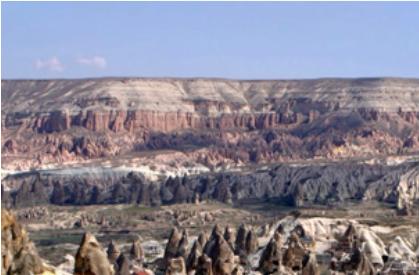
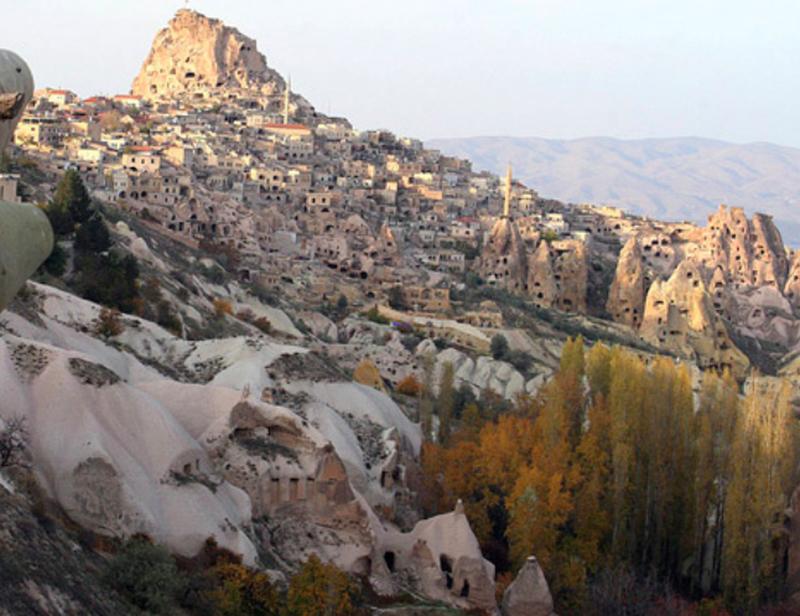
A few of these buildings are as high as five full stories underground and antecede to Roman times. Although, a lot of the caves were man-made long before their empire took over.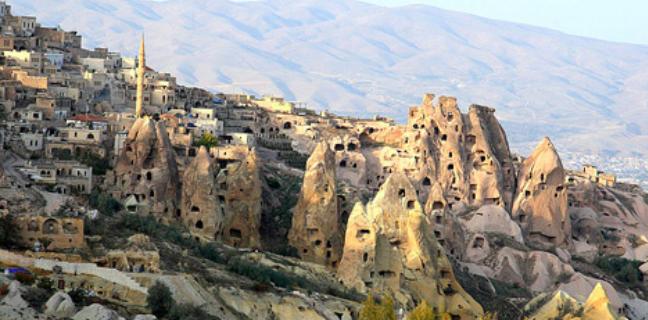

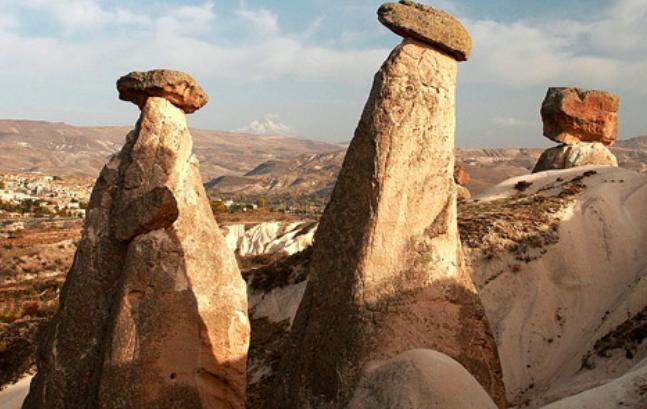
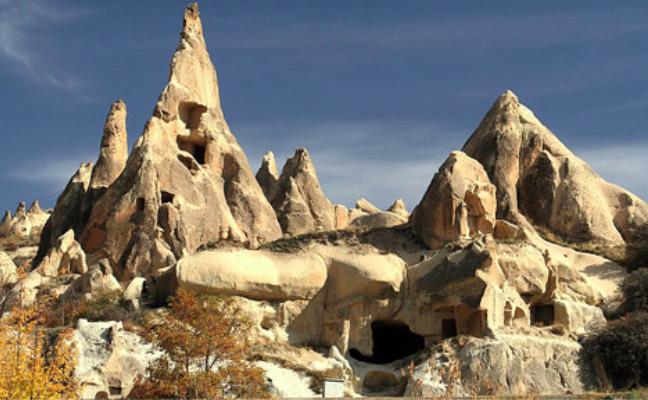
The incredible rock formations used as shells for structuring these quarters predate million years ago. In spite of being laid siege repeatedly and inhabiting everything from armies to explosive weapons, most of the recent architecture has survived for thousands of years.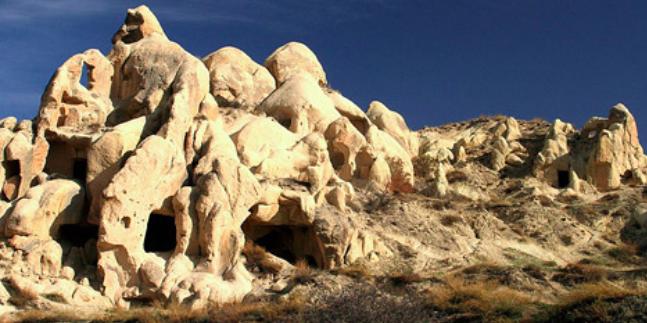
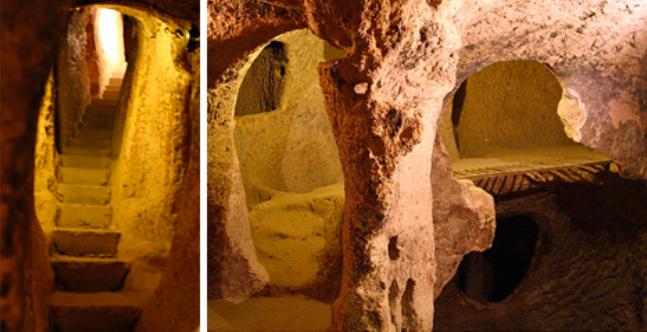
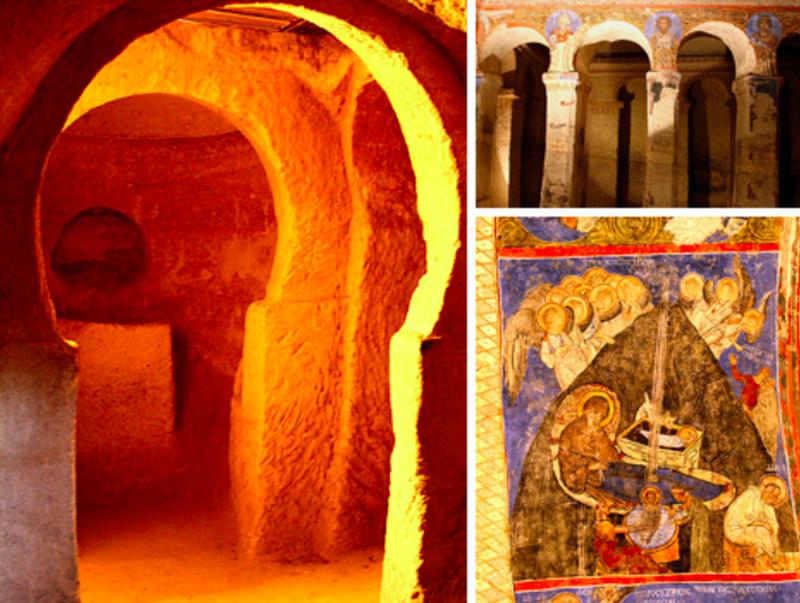
Moreover, their secret locations and naturally temperature-controlled cave interiors may have contributed to the preservation of several religious artifacts and artworks for a thousand years. Meanwhile, surface structures have been rebuilt with modern architecture in strange hybrids with historic temples and houses above the ground.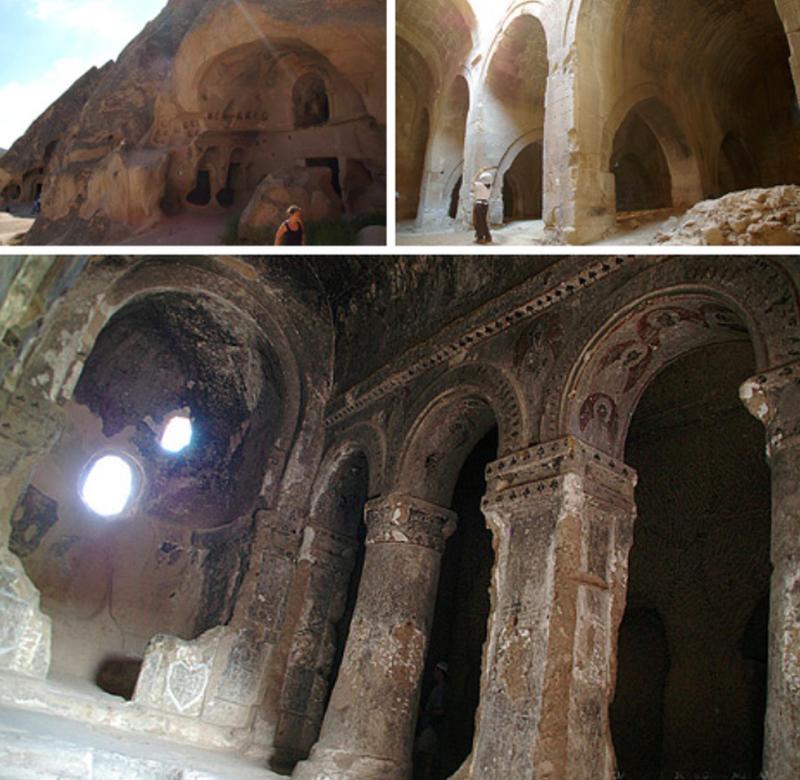
Although many buildings are occupied, still more are currently deserted – from houses to the churches and underground cathedrals. Some rooms and passages may well be forever lost and buried, concealed so fine they will never be found again --- who knows.
No comments: